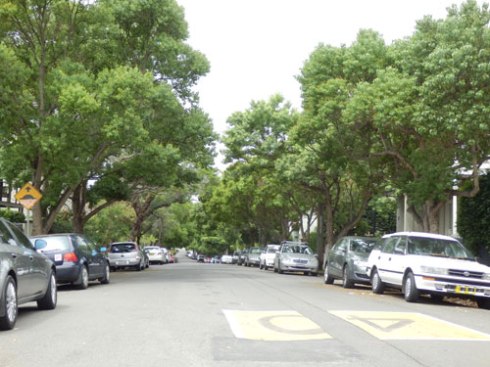You are currently browsing the tag archive for the ‘tree loss and human health’ tag.
A green tragedy is happening across North America. Since June 2002, over 100-million Ash trees have died across the Midwest because of a beetle called the emerald ash borer. The feeding larvae of the emerald ash borer create tunnels under the bark destroying the water & nutrient conducting tissues & effectively starving the tree. This massive tree loss has had an enormous impact leaving many parks & tree-lined streets bare.
Then something else was noticed. Not only were the trees dying, but people were dying at higher rates than normal too.
“The U.S. Forest Service looked at mortality rates in counties affected by the emerald ash borer, they found increased mortality rates. Specifically, more people were dying of cardiovascular & lower respiratory tract illness – the first & third most common causes of death in the U.S. As the infestation took over in each of these places, the connection to poor health strengthened. The “relationship between trees & human health” as they put it, is convincingly strong. They controlled for as many other demographic factors as possible. And yet, they are unable to satisfactorily explain why this might be so.”
The researchers looked at a number of factors, including that trees produce oxygen & act as pollution filters. The US urban forest has been given a US$3.8 billion value as pollution filters. The urban forest in Washington DC alone was estimated to have saved US$51 million in annual pollution-related health care costs.
The ability of trees to impact directly & positively on human health was also considered – less anger, less sadness, less negative thoughts, less stress, less pain medication needed, fewer surgical complications, quicker healing, better mental well-being & these are just some of the benefits trees bring to people.
What I found really interesting was that mortality rates increased in areas where the median household income was above average. Typically these neighbourhoods had more street trees & a greater urban forest. “The researchers hypothesize that the rich communities that thrived before the blight arrived thus experienced its destructive effects more potently.” Maybe this event is telling us that no-one is immune from nature loss. See – http://bit.ly/WEQQWf



Recent Comments